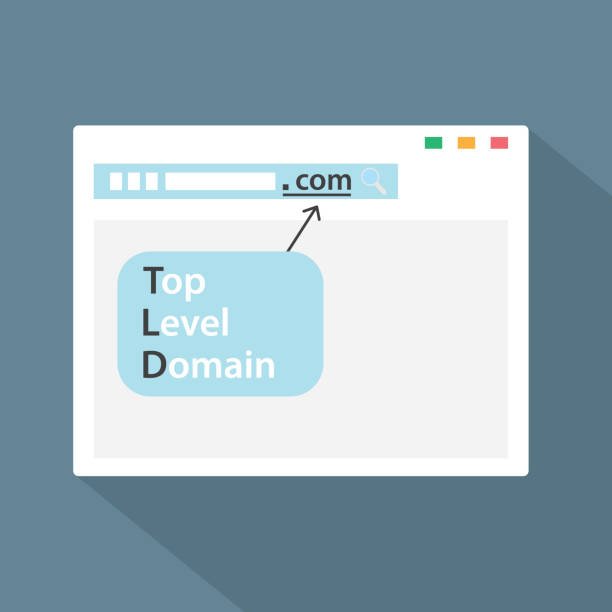Choosing your Top Level Domain can be tough. There are a number of factors to consider when choosing a .com, .org, or .edu domain name. This article explores five options for deciding which is the best fit for your organization, and is sure to provide you with new insight into the entire process!

The Purpose of a Top Level Domain
If you’re looking to get your business online, then a top-level domain is a great option. A Top Level Domain is a short form of the word “top-level domain,” which refers to a specific group of domain names that are organized into categories. The most common Top Level Domain are .com, .net, and .org. When registering your company’s name and website address with a registrar, make sure to choose an appropriate Top Level Domain. There are five main types of Top Level Domain: generic top-level domains (gTLDs), country code top-level domains (ccTLDs), and internationalized country code top-level domains (ICANN-accredited gTLDs), premium domains, and community extensions. Generic Top-Level Domains: These are the most common type of top-level domains and include .com, .net, and .org. These domains can be registered by anyone and can be used for any purpose. Country Code Top-Level Domains: These domains are specific to certain countries and include the country’s two-letter code (e.g., .us for the United States). These domains can be registered.
How to Pick a Top Level Domain
1. First, consider what you want your domain to represent. 2. Once you know what you want, look at the available TLDs. 3. Once you have a list of TLDs, narrow it down to the one that best suits your needs. 4. Once you have selected a TLD, select a registrar that will provide you with the best rates and services. 5. Finally, create your site and start promoting your domain!

Who Picks Which Names and What Are the Rules?
The domain name system (DNS) is a system that helps us connect our computers to the Internet. It’s also responsible for translating human-readable domain names like blog.tld into IP addresses, so your computer can access the blog site from anywhere in the world. Domain names are divided into two types: top-level domains (TLDs) and second-level domains (SLDs). top-level domains are the larger of the two and include .com, .net, and .org. SLDs are the smaller domains and include example.com, example.org, and example2.com. Domain names are registered by companies or people who want to promote their products or services online. The company or person who registers a name first gets to choose the name, while DNS assigns addresses to the domain names based on a lottery. There are five TLDs that accept new registrations: .net, .org, .info, .biz, and .name. These five top-level domains have a double round robin system in which each applicant gets one chance in each round to be successful.
What Should I Name My Business or Website?
There are a few things to consider when choosing your business or website’s top-level domain. 1. Consider the purpose of the top-level domain. Some common top-level domains are .com, .net, and .org. These are top-level domains generally used for commercial websites. Other possibilities include country-specific domains (e.g. .uk), generic top-level domains (.com.au), and more specific top-level domains (e.g. .tech). 2. Think about the audience you want to reach. Some businesses target a global audience, while others focus on a local or regional market. 3. Consider your branding and marketing goals. Your TLD will play a significant role in how people see your business or website. If you have specific branding or marketing goals, be sure to choose a domain that supports them! 4. Think about the availability of the top-level domain and its registration process. Some TLDs are more difficult to register than others, which can affect your business’ visibility and SEO potential. 5. Consider the cost of registering the domain name and how long it will take to become available online.

Conclusion
When it comes to domain name registration, there are a lot of options available to you. This guide has outlined five different types of domains that you may be interested in, and provided some tips on how to choose the one that is right for you. Whether you’re looking for an easy-to-remember domain name or something more unique, this guide can help you find the perfect option for your business.







